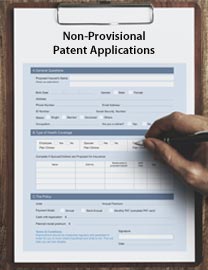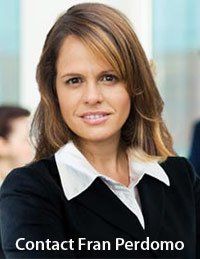Non-Provisional Patent Applications NYC Francelina M. Perdomo Klukosky - Perdomo Law

NYC Non-Provisional Patent Application Law Firm, Perdomo Law in Manhattan New York, NY 10007

Features of Non-Provisional Patent Applications
- The content is locked. Small changes such as correction of typos can be made, but you can’t come along after the patent is filed with a new variation of the idea. There is a strict rule prohibiting the addition of new subject matter. This is an important distinction with provisional patent applications – with a provisional, you can in effect add new material during the course of the year. But you can’t do it with a non-provisional.
- Non-provisional patent applications require claims. Claims are the legally enforceable part of a patent. If you’ve ever bought or sold a home, you may have seen a legal description of real property, defining a starting point, and a line in a certain direction for so many feet, etc., that defines the boundaries of the property. Patent claims are analogous. The claims define the boundaries of the invention. Claims are written in a stylized format that should be left to experts.
- A non-provisional patent application must have a specification and drawings (if necessary) that supports the claims. The specification is the main body of the patent application. Everything in the claims needs to be discussed in the specification. To use a silly example, suppose the claims recite an invention that washes dishes and mops floors. The specification must discuss washing dishes and mopping floors. If the specification only discusses washing dishes, then the part about mopping floors won’t be supported by the specification, and that is a problem that will cause a rejection during the examination.
- Non-provisional patent applications have formal requirements. For example, the specification has to be filed using a font that is easy to read, 1 ½ or double-spaced, single columns, one-inch margins on standard paper. There are also certain specific sections and headers that should be used.
1. Do the claims recite patentable subject matter? (35 USC §101)
2. Are the claims novel? (35 USC §102)
3. Are the claims non-obvious? (called “inventive” in international patent applications and some other countries) (35 USC §103)
4. Does the application meet the written description requirement? This includes enablement and definiteness. (35 USC §112)
Contact NYC Non-Provisional Patent Application Lawyer Francelina Perdomo for a Case Assessment
Consulting with a NYC Non-provisional patent applications Lawyer is a critical step in protecting the value of your property that should only be performed by qualified and experienced professionals like those at Perdomo Law.
Please contact us for a case assessment.


